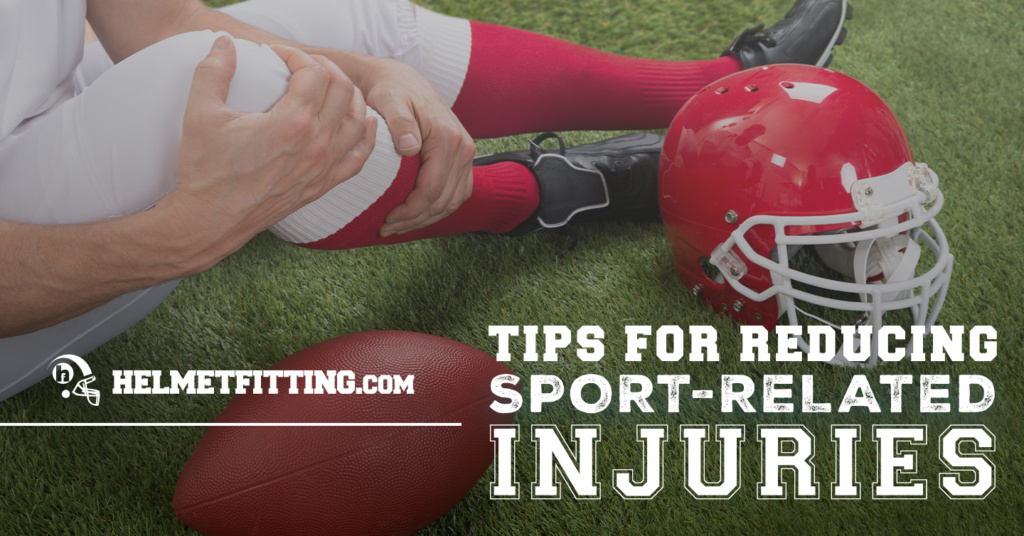Tips for Reducing Sport-Related Injuries
October 6th, 2025
Whether you’re a student-athlete training for your next big competition or the parent of a young athlete, staying injury-free is key to peak performance. Sports-related injuries—such as sprained ankles, muscle strains and concussions—can sideline even the most experienced athletes and are often caused by overuse or poor preparation. To help avoid this, follow these tips for reducing sport-related injuries.
Focus on nutrition, hydration and technique.
Eating a healthy diet, drinking plenty of water and using proper techniques are the three core pillars of an athlete’s performance.
- Food: Eating a diet rich in minerals, nutrients and vitamins can help prevent soft-tissue injuries, such as muscle strains or ligament sprains, and provide necessary energy.
- Water: Hydrating regulates your body temperature, aids in preventing cramps, heat exhaustion, and muscle strains. It also transports nutrients. Athletes should drink water throughout the day, during workouts and after to replenish the fluids lost through sweat.
- Technique: An athlete’s technique is the execution of movement that maximizes efficiency and precision. By executing proper techniques, you can minimize the risk of an injury.
Wear properly fitted equipment.
Next, important tips for reducing sport-related injuries include wearing properly fitted equipment. Following the manufacturer’s guidelines for proper fit is crucial in helping prevent injuries, enhancing performance and ensuring safety during play.
First, you will need all of the required gear for the sport. For example, football, softball and ice hockey players must wear helmets with face masks, while soccer players are required to wear shin guards. What’s more, most sports have their own mandatory cleat or shoe type.
Some positions may also need additional equipment. To learn more about what gear you need and how to check for proper fit, visit HelmetFitting.com for our sports fitting guides.
Warm up before every workout.
Warm-ups are essential for preparing an athlete’s body for physical activity by gradually increasing heart rate and blood flow. A warm-up before the big game, long practices or even quick workouts can help improve flexibility and reduce the risk of strains, sprains and other injuries.
Know when to take a break.
Pushing too hard through fatigue and pain can lead to overuse of the muscles and potential injuries. Listen to your body and recognize when you need to take a break for improved long-term performance and your overall health.
Do not ignore injuries.
Speaking of taking a break, are you or your athlete experiencing consistent pain? Did a small injury occur while playing your sport? If so, don’t ignore pain or injuries! It can adversely affect the condition and potentially lead to more serious, long-term damage. Addressing pain early for proper treatment and recovery helps athletes safely return to their sport.
Summary
With these tips for reducing sport-related injuries, get ready for a successful season—starting with HelmetFitting.com, where you can explore sports fitting guides, equipment resources, access eLearning programs and learn more by reading our blogs.

